(Prices correct as of today’s date, are updated daily, are subject to change and represent genuine availability at time of update).
This cruise only holiday is financially protected by ABTA
Please click here to check the essential travel requirements before booking this cruise.
Want to add a hotel stay or change your flights?
Just call our team of cruise specialists to help build your dream cruise holiday today!
Prices based on 2 people sharing. Cruise only price does not include flights. Fly-cruise price may vary by chosen UK airport.
Itinerary
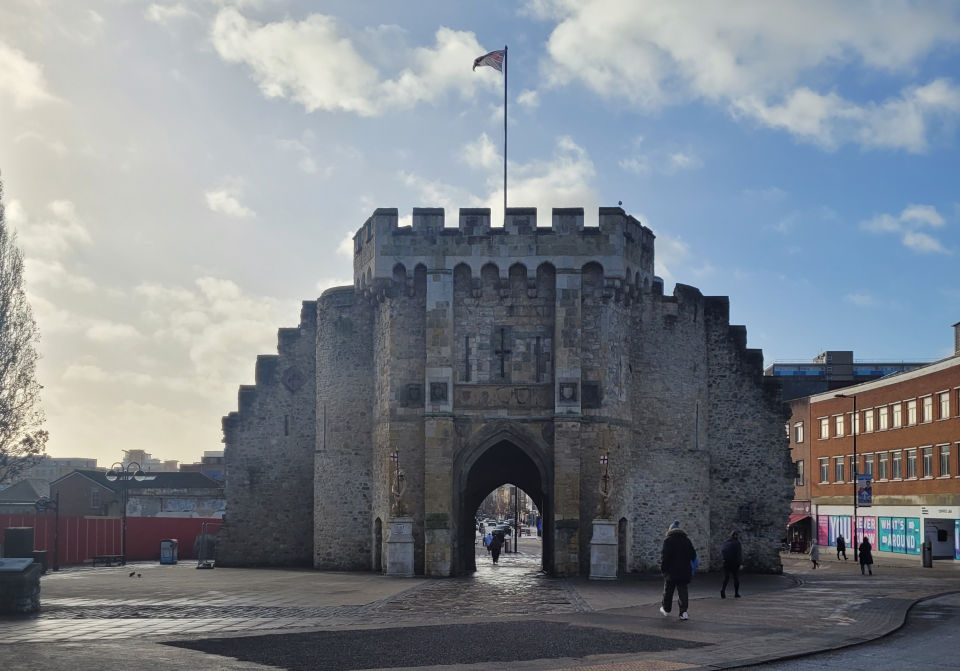
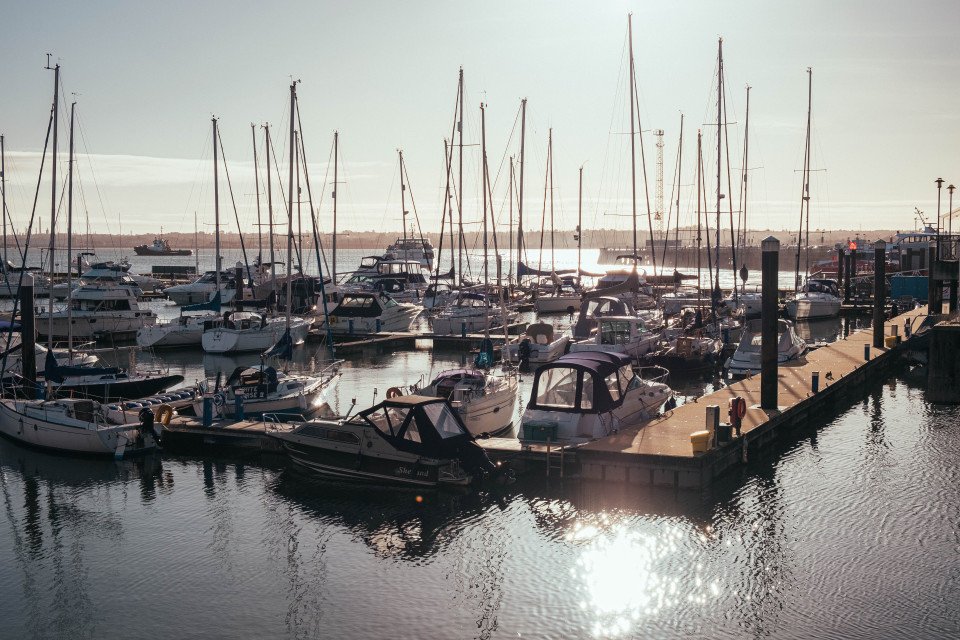
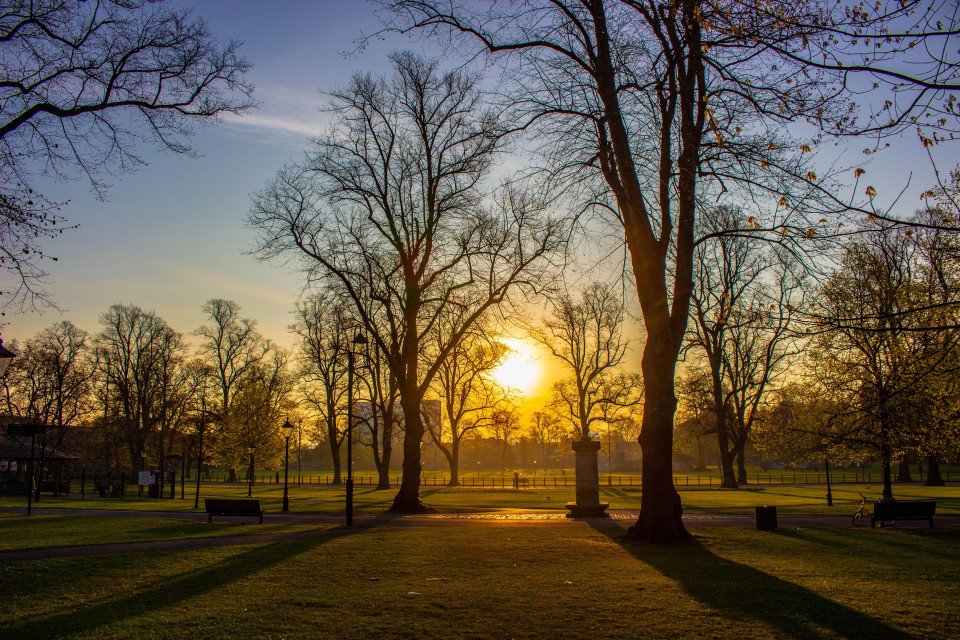
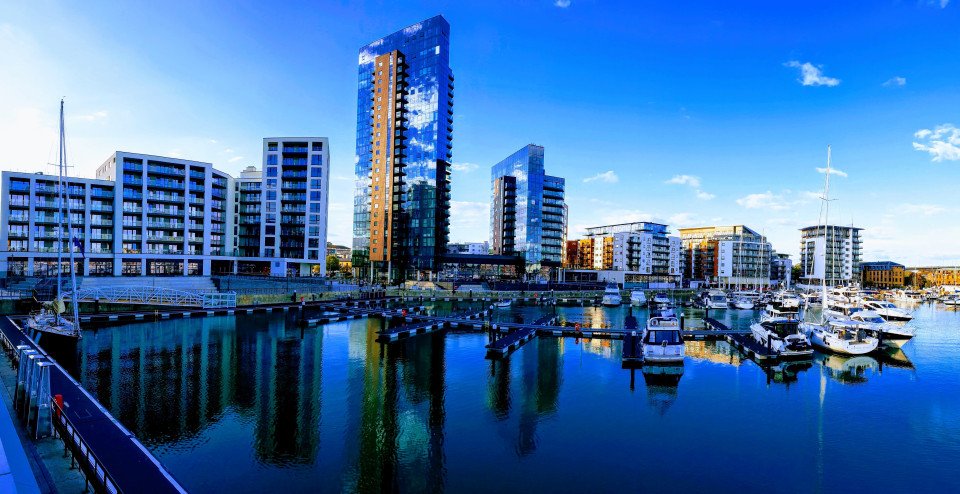
Southampton
Lying near the head of Southampton Water, a peninsula between the estuaries of the Rivers Test and Itchen, Southampton is Britain’s largest cruise port. It has been one of England’s major ports since the Middle Ages, when it exported wool and hides from the hinterland and imported wine ... Read More
Southampton
At Sea
La Coruña
Bilbao
Le Verdon-sur-Mer
At Sea
Cherbourg
Southampton
At Sea
Vigo
At Sea
Cádiz
Málaga
At Sea
Ajaccio, Corsica
Marseille
At Sea
Gibraltar
Lisbon
At Sea
At Sea
Southampton
What's Included with
Princess Cruises
On board the Sky Princess cruise ship you will have everything included, from food and accommodation to on-board entertainment. Daily tips are not included and will be added to your on-board account each day. Please also be aware that there will be additional charges for special drinks, shore excursions and a couple of extra special on-board activities. Your cruise fare does include tea, coffee, juices and water or you can upgrade to a premium drinks package to ensure you have everything you want before you set sail.
Accommodation
Entertainment throughout the day and evening
Use of swimming pools, hot tubs, fitness centre and leisure facilities where available
Return flights included from a choice of UK airports (fly cruise bookings only)
Room service from 6am to 11pm
Port taxes
Youth programmes for babies to 17-year-olds
Adult only areas
Exclusive cocktail receptions and deck parties on-board
Sailaway parties, themed nights and deck parties
Lemonade, water and iced tea available in selected venues
Shuttle service to and from ports and airport where available
Explore Sky Princess
From the moment you step aboard, you will feel right at home and ready to make amazing memories. Indulge in the hottest sushi spot at sea, tantalise your taste buds with sourdough pizzas or delve into afternoon tea with a sea view. Discover new wines from around the world at the ship's Vines Wine Bar, bask in the sun while lounging by the pool and watch your favourite movies under the stars. You will find an abundance of fun-filled activities as you begin to explore the Sky Princess cruise ship.





World Fresh Marketplace
Whenever you visit, you’ll find plenty of well-balanced options to choose from. Stop by for breakfast and visit our gourmet pancake station, or enjoy one of our unique hot cereal offerings. At lunch, look for handcrafted sandwiches, regionally inspired dishes and soups, as well as our carvery selections. For dinner, there’s everything from international favourites, comfort foods, customised stir-fry or pasta, plus a multitude of fresh fruit and salad choices.







Princess Theatre
With dazzling stage sets, artists from around the globe, modern hits and timeless classics, the Princess Theatre, our largest theatre yet, showcases lavish, original productions with dynamic cast members in sumptuous surroundings. In this ultramodern theatre, relax in a plush seat with unobstructed sight lines as the velvet curtain goes up, a state-of-the-art lighting system illuminates the stage, and it’s on with the show!

The Sanctuary
A luxurious spa-inspired top deck retreat, reserved just for adults. The Sanctuary features plush lounge furniture, attentive Serenity Steward service, soothing music, refreshing beverages and spa fare, and even an open-air massage in your own private cabana!



The Treehouse — Ages 3-7
This bright, whimsical, forest-themed centre for children features hands-on activities and programmes surrounded by captivating creatures.
Deck 19 - Vista

- The Greens Mini Golf
Deck 18 - Sky

- Centre Court
- Jogging Track
- Movies Under The Stars
- Princess Sports Central
- The Phantom Bridge
- The Sanctuary
- Suite
Deck 17 - Sun

- Bandstand
- Bar
- Children’s Outdoor Area
- Fitness Centre
- Hot Tubs
- Platinum Studio
- Retreat Pool
- Teen Lounge
- Wake View Bar
- Youth Centre
- Oceanview Staterooms
- Balcony Staterooms
- Suite
Deck 16 - Lido

- Pool
- Salty Dog Grill
- SeaView Bar
- Slice Pizzeria
- Swirls
- THE MIX
- The Pastry Shop
- Wakeview Pool
- World Fresh Marketplace
- Interior Stateroom
- Balcony Stateroom
- Mini-Suite
Deck 15 - Marina

- Interior Stateroom
- Balcony Stateroom
- Mini Suite
- Suite
Deck 14 - Riviera

- Interior Stateroom
- Balcony Stateroom
- Mini Suite
- Suite
Deck 12 - Aloha

- Interior Stateroom
- Balcony Stateroom
- Mini Suite
- Suite
Deck 11 - Baja

- Interior Stateroom
- Balcony Stateroom
- Mini Suite
- Suite
Deck 10 - Caribe

- Interior Stateroom
- Balcony Stateroom
- Mini Suite
- Suite
Deck 9 - Dolphin

- Interior Stateroom
- Balcony Stateroom
- Mini Suite
- Suite
Deck 8 -Emerald

- Interior Stateroom
- Balcony Stateroom
- Mini Suite
- Suite
Deck 7 - Promenade

- Al Fresco Dining Area
- Alfredo's Pizzeria
- Bistro Sur La Mer
- Crown Grill
- Crown Grill & Bar
- Ocean Terrace Sushi Bar
- Princess Live!
- Princess Live! Café
- Princess Theatre- Upper Level
- The Shops of Princess
- Vista Lounge
Deck 6 - Fiesta

- Casino
- Chef's Table Lumière
- Churchill's
- Cielo Dining Room
- Dining Room
- Estrella Dining Room
- Captain's Circle
- Fine Arts Gallery
- Future Cruise Centre
- Good Spirits at Sea
- Photo-Video Gallery
- Princess Theatre- Lower Level
- Take Five
- The Shops of Princess
- Wine Cellar
Deck 5 - Plaza

- Bellini's
- Gelato
- Guest Services
- International Café
- Internet Café
- Lotus Spa & Salon
- Massage
- Sabatini's Italian Trattoria
- Shore Excursions
- Soleil Dinning Room
- The Enclave
- The Piazza
- The Shops of Princess
- Beauty Salon
- Vines
- Wine Cellar
Deck 4 - Gala
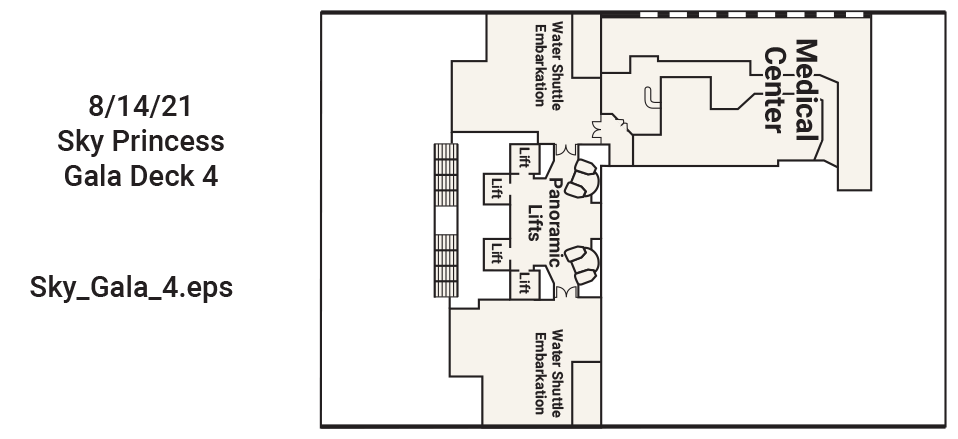
- Medical Centre
- Tender Embarkation
Sky Princess Cabins & Suites
Are you looking for a specific Sky Princess cabin onboard your next cruise? From spacious suites to cabins with private balconies overlooking the horizon, there is a cabin or suite onboard this cruise ship for solo travellers, couples, families and more.
Mini-Suites
Discover luxurious Mini-Suites on the Sky Princess cruise ship, where you can step out and take in the ocean scenery from your private balcony while enjoying a complimentary welcome glass of bubbly. Features include a spacious separate sitting area with a sofa bed and two flat-screen TVs, perfect for families or groups in need of a little extra space.
Club Class
Club Class staterooms are just like Mini-Suites but with a few luxury touches. Enjoy premium dining benefits, exceptional perks, additional menu options, dedicated wait staff and tableside preparations, as well as priority embarkation and disembarkation. You can enjoy a whole host of extras in a Club-Class Sky Princess cabin.
Sky Princess Suites
Surround yourself with deluxe accommodation and recharge in style with Sky Princess’ spacious suites. With a private balcony and all the luxury amenities of a Club Class Mini-Suite, Sky Princess Suites feature extra special premium touches. These suites boast more living space, a sofa bed, sitting areas, a complimentary mini-bar setup and much more.
Sensational Sky Suites
Indulge in the experience of a lifetime in a Sensational Sky Suite. Enjoy inclusive amenities, attentive service and a dedicated Suite Experience Manager to deliver your every desire. These luxury suites are designed with beautiful interiors, deluxe bed linen and stunning views overlooking the ocean.

Interior

Premium Oceanview


Balcony






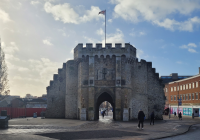
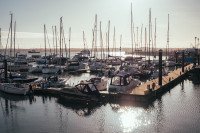

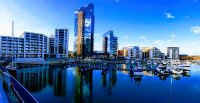


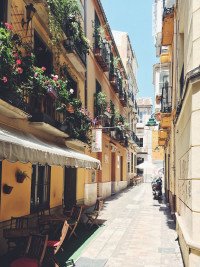


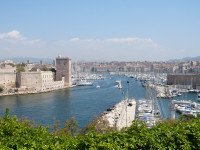

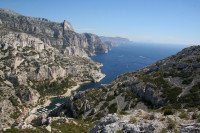



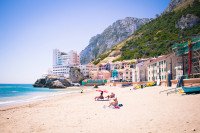
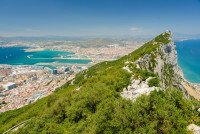
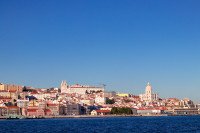
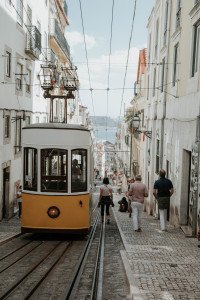
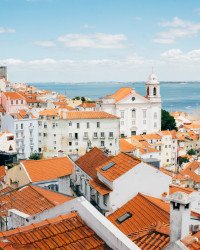
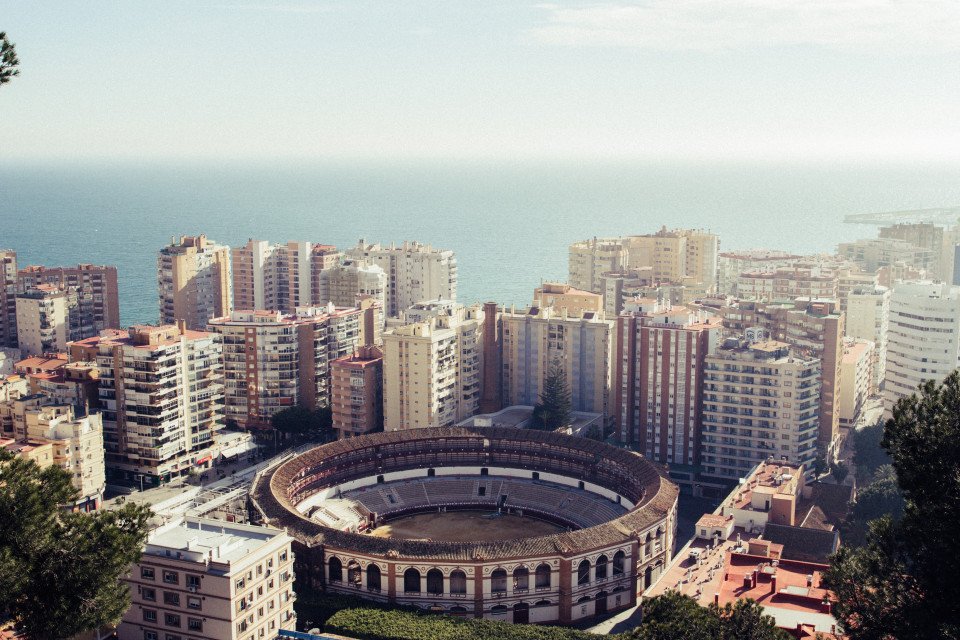
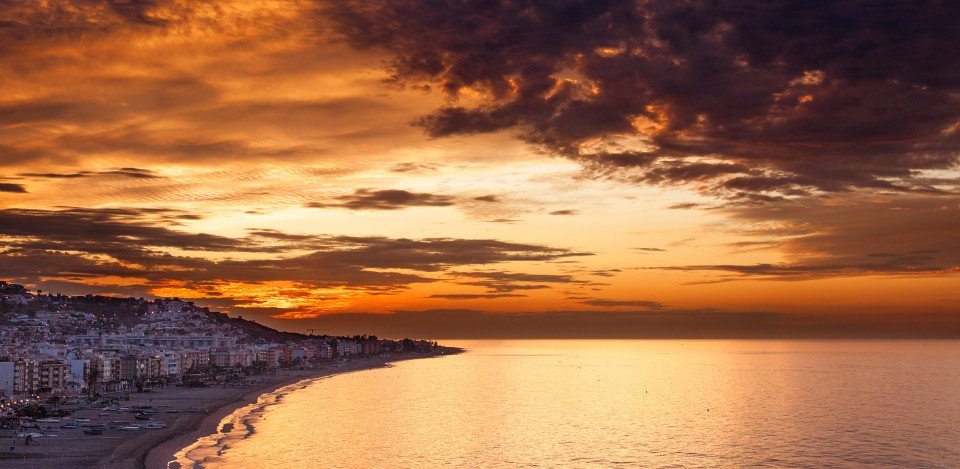
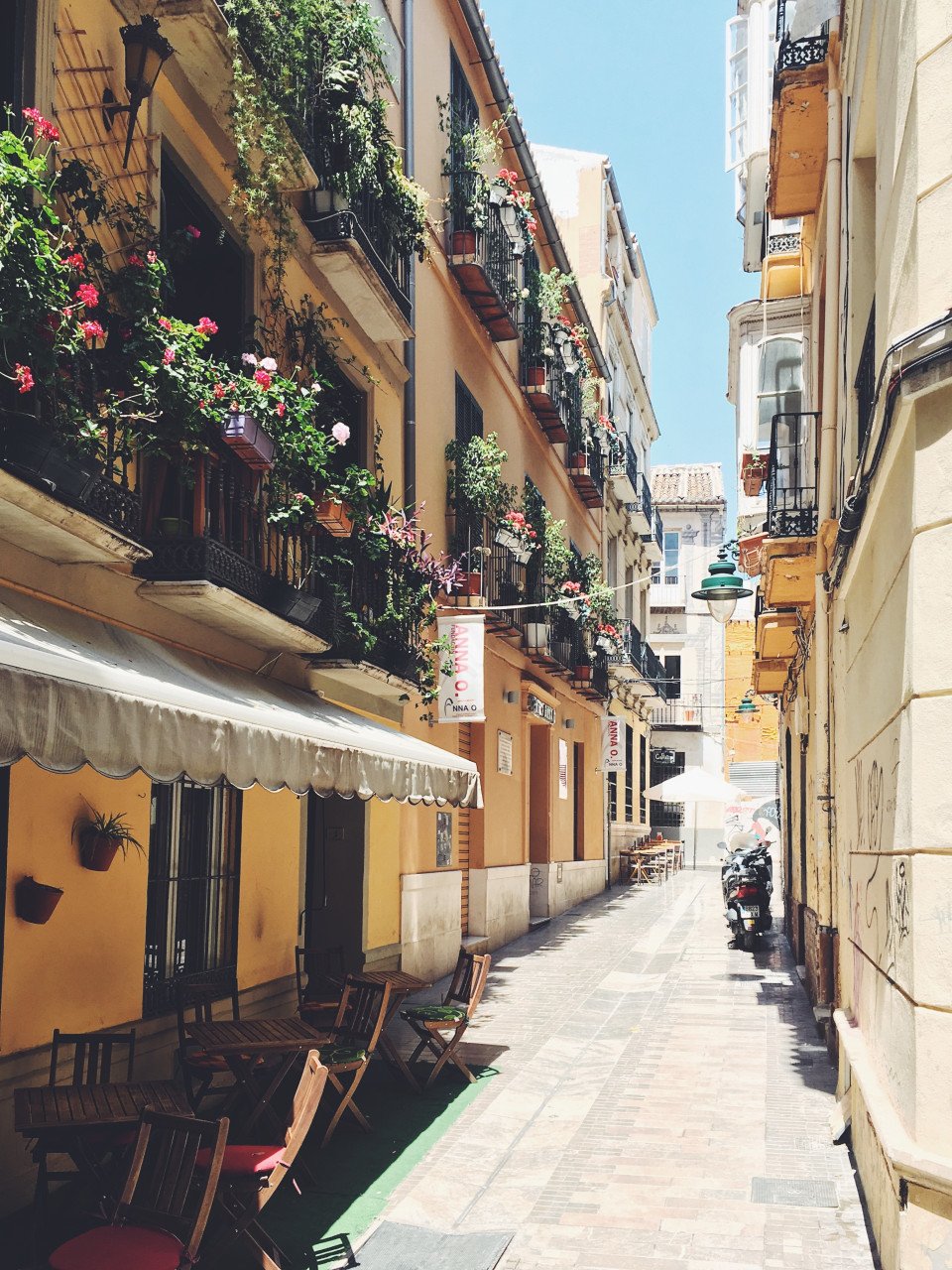
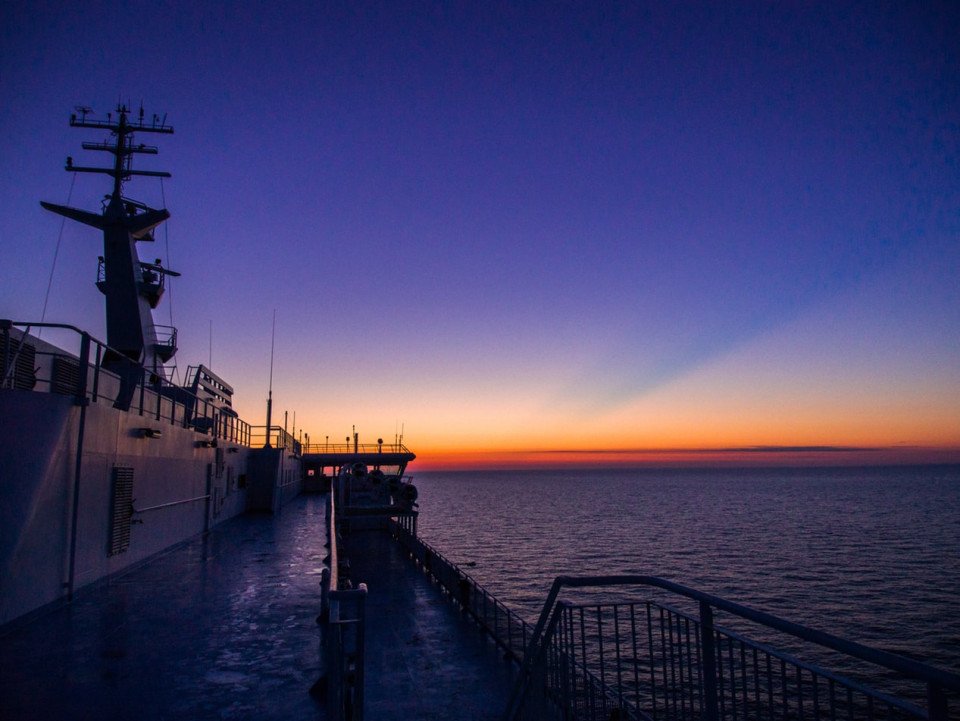
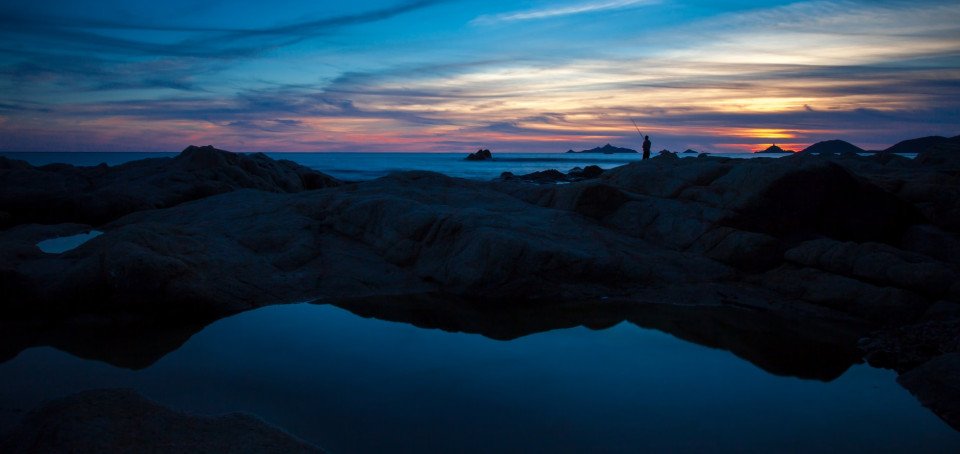


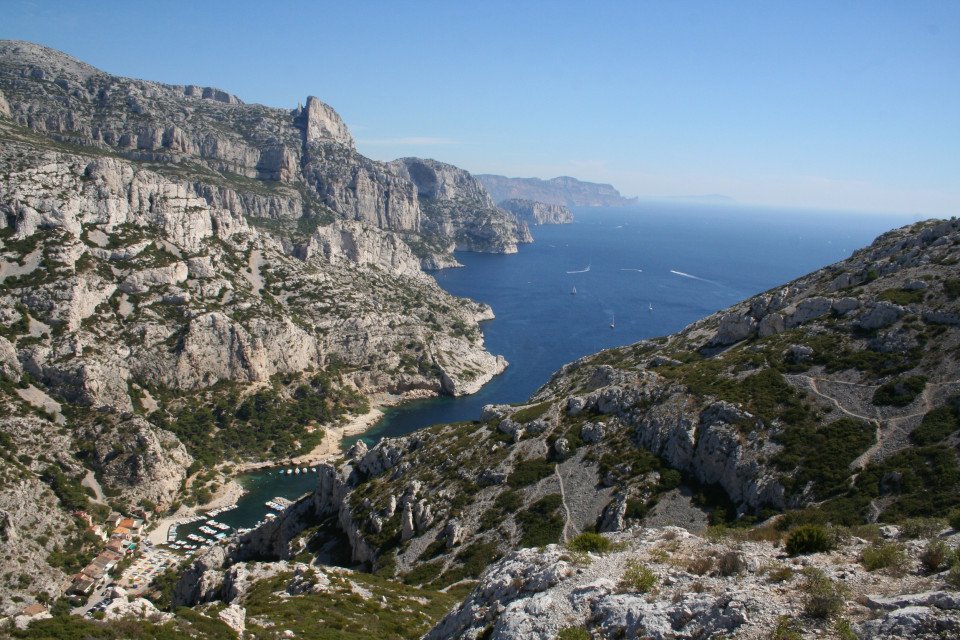
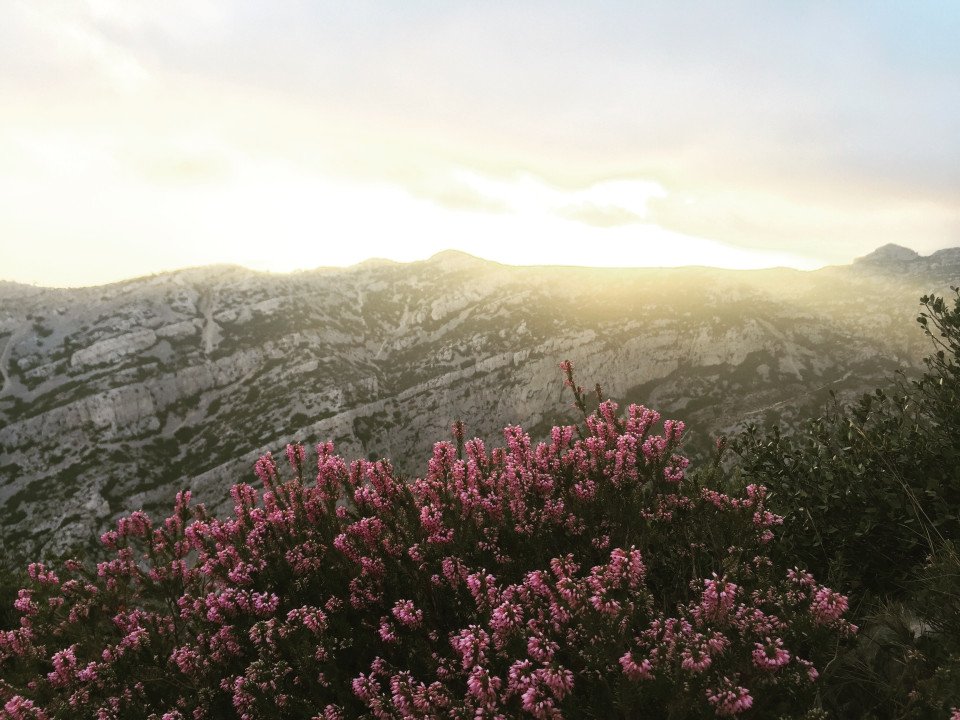
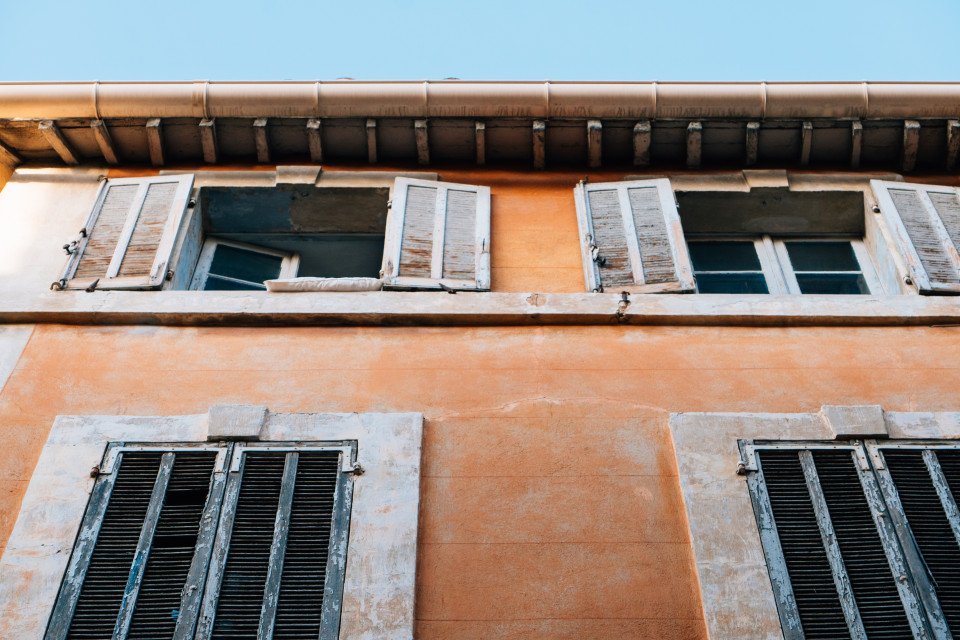

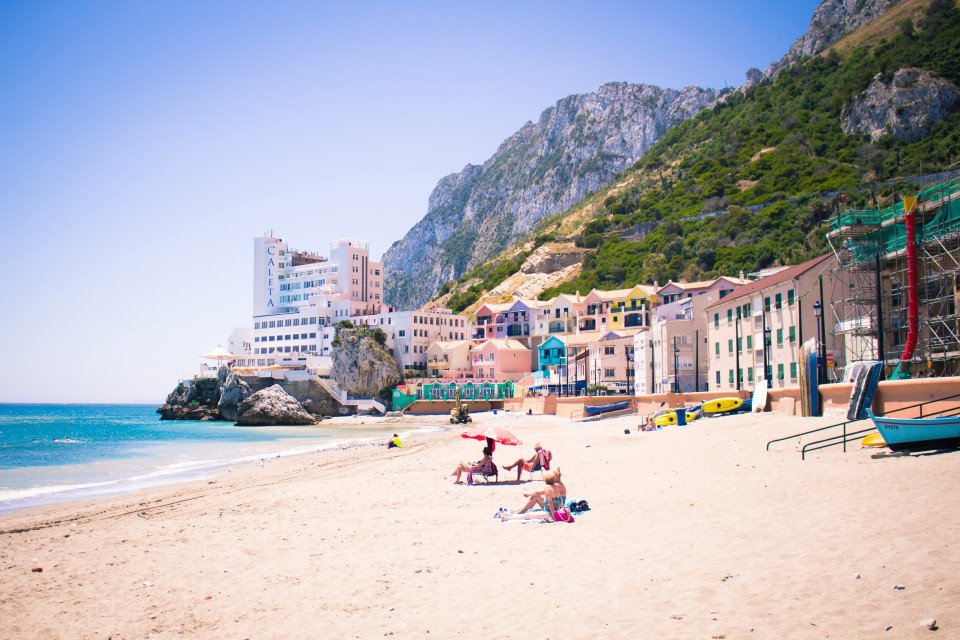
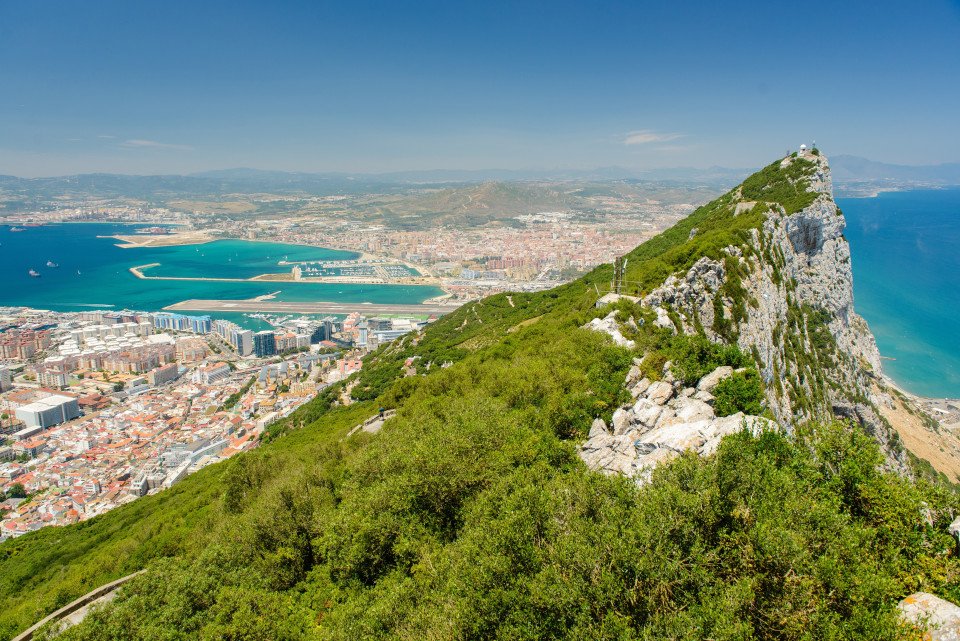
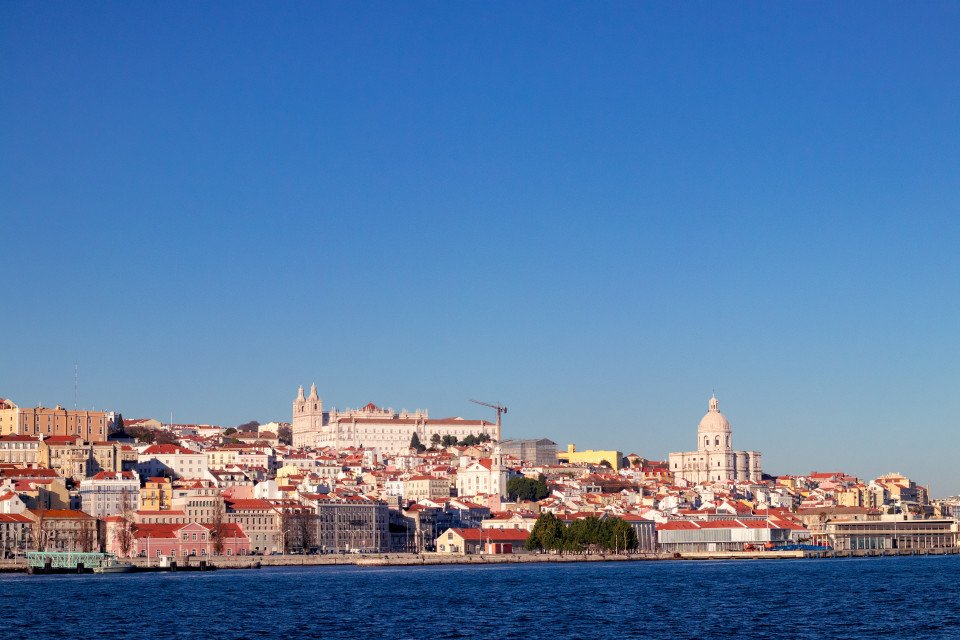
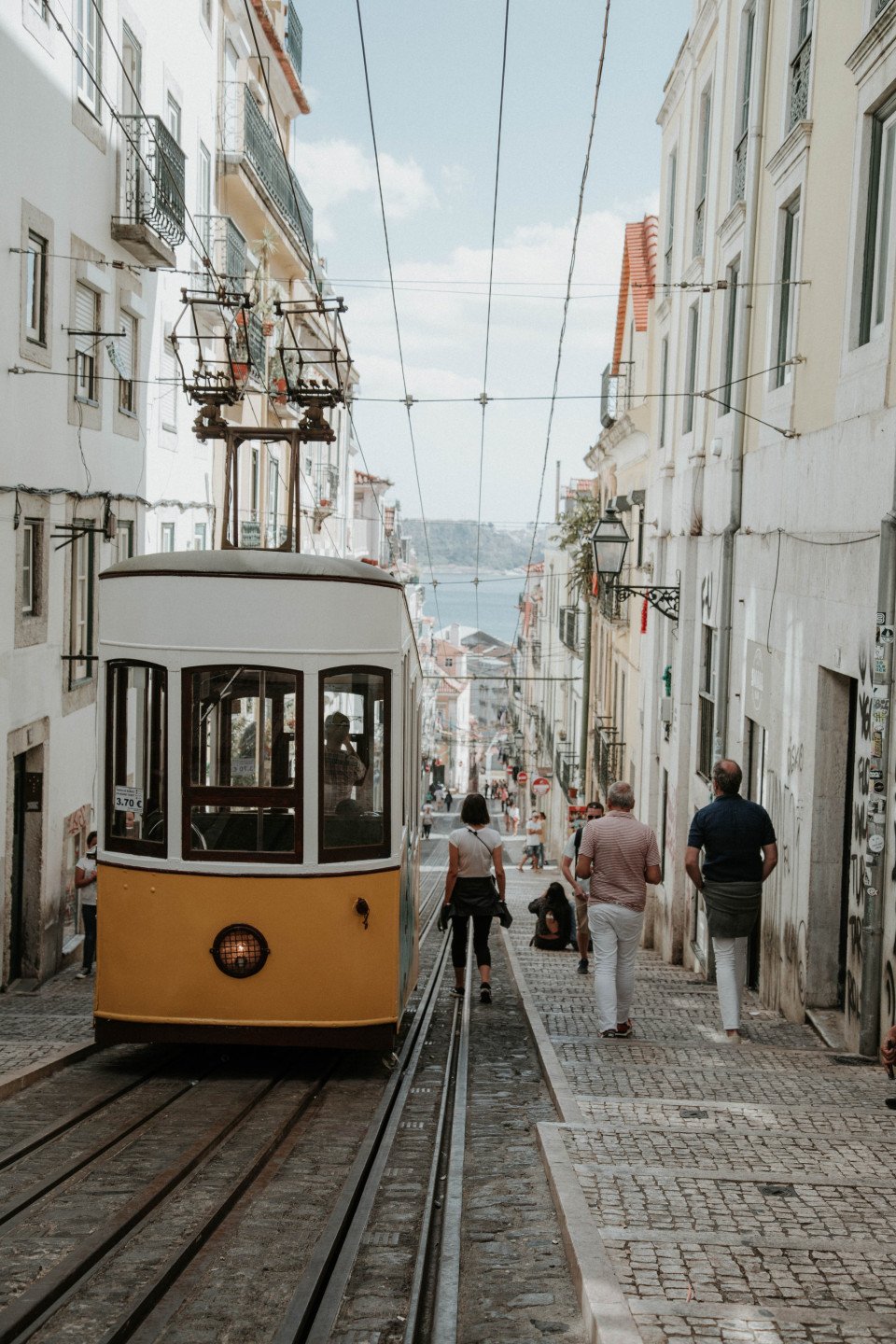
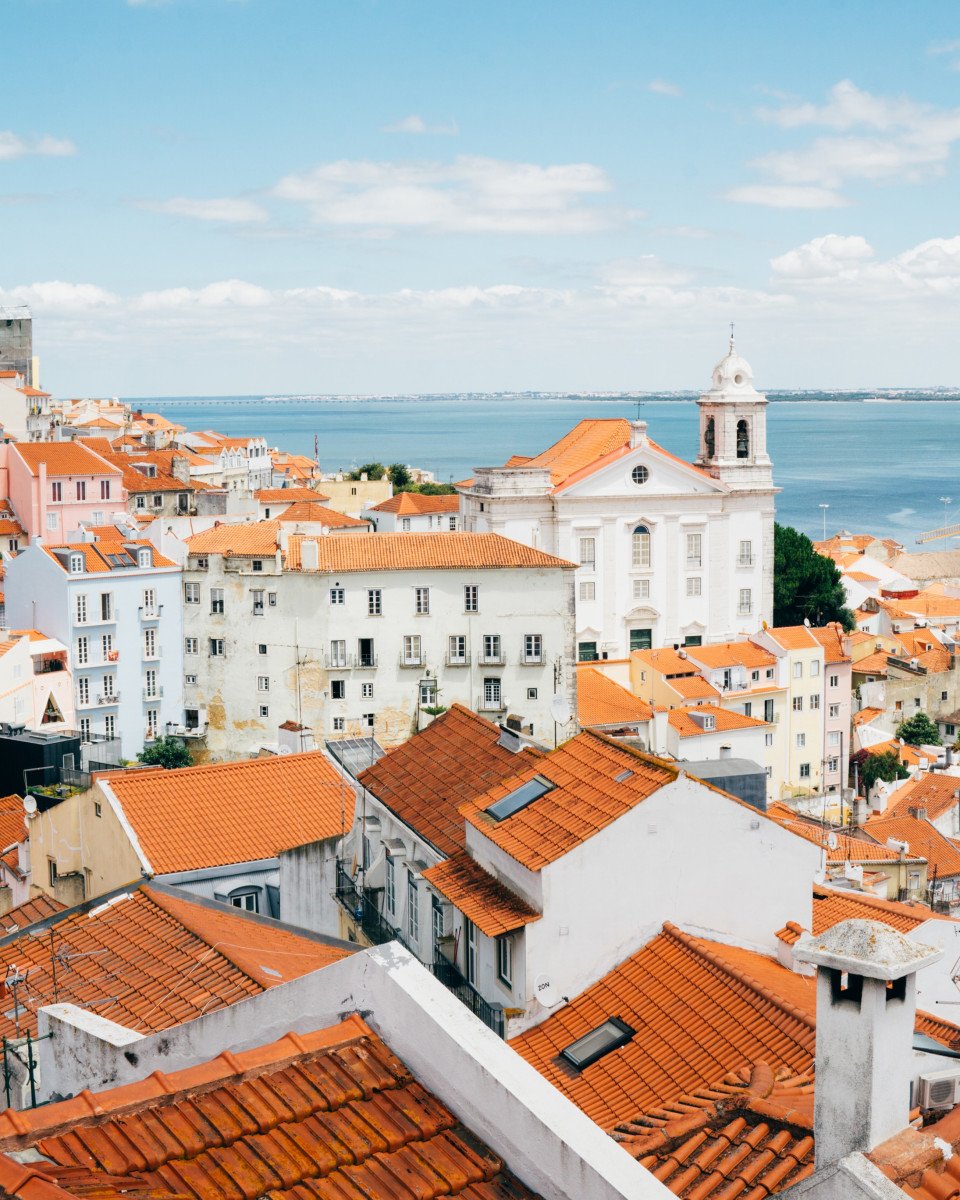













-large_thumb.jpg)






